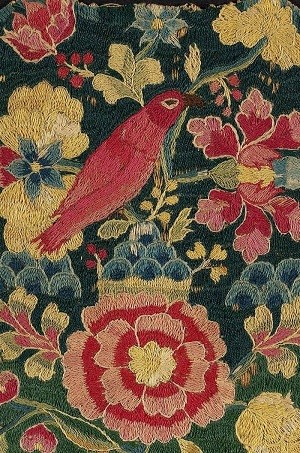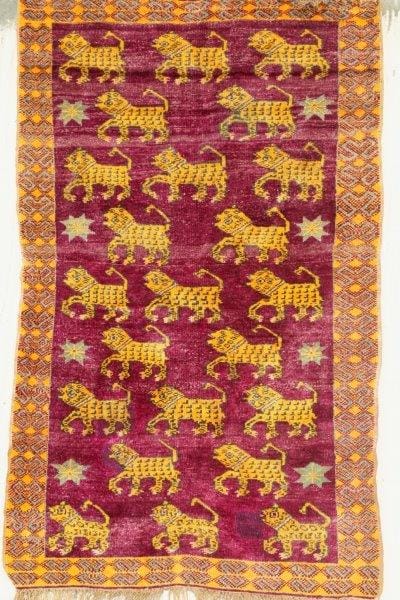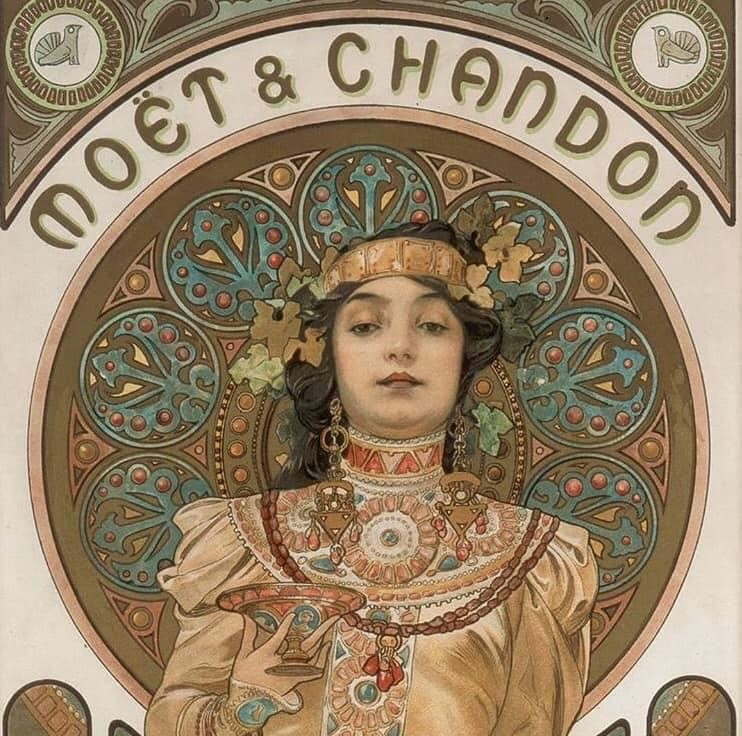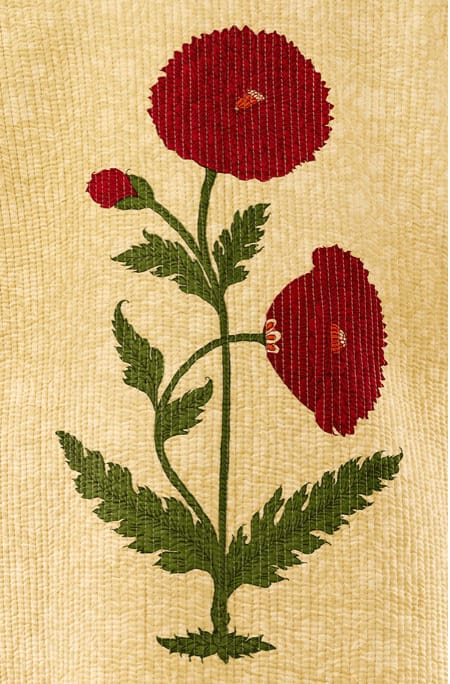[vc_row css_animation="" row_type="row" use_row_as_full_screen_section="no" type="full_width" angled_section="no" text_align="left" background_image_as_pattern="without_pattern" css=".vc_custom_1607212846749{padding-right: 15px !important;}" z_index=""][vc_column offset="vc_col-xs-12"][vc_column_text]
Indian Art
[caption id="attachment_3273" align="alignleft" width="400"]

Jain school of Gujarat.[/caption]
The history of painting in India goes back 2000 years, something that many do not realize, starting with the beautiful murals of Ajanta, which are interesting too because they show people wearing craft still extant. The 11th century saw the illustrated Pala manuscripts, painted on palm leaves, and the earliest example of miniature painting in India. The next development was the Jain school of Gujarat, which eventually lead to the Rajput tradition of miniature art. As it grew and developed, the Rajput tradition divided into two distinct schools, Rajput and the Pahari school, based in Himachal Pradesh, the hilly state in the north-west of India.
 Kashmir Image from traveltriangle.com[/caption]Embroideries of Kashmir: A couple of weeks back, I shared a breathtaking video made by the Google Arts & Culture Institute on the Sozni Embroidery from Kashmir. The video gathered a lot of love and likes on Facebook and Instagram.The valley of Kashmir with its beautiful flora and fauna is resplendent with nature. Therefore the embroideries or textile designs from Kashmir have always been largely inspired by the floral beauty of the valley.
Kashmir Image from traveltriangle.com[/caption]Embroideries of Kashmir: A couple of weeks back, I shared a breathtaking video made by the Google Arts & Culture Institute on the Sozni Embroidery from Kashmir. The video gathered a lot of love and likes on Facebook and Instagram.The valley of Kashmir with its beautiful flora and fauna is resplendent with nature. Therefore the embroideries or textile designs from Kashmir have always been largely inspired by the floral beauty of the valley.












